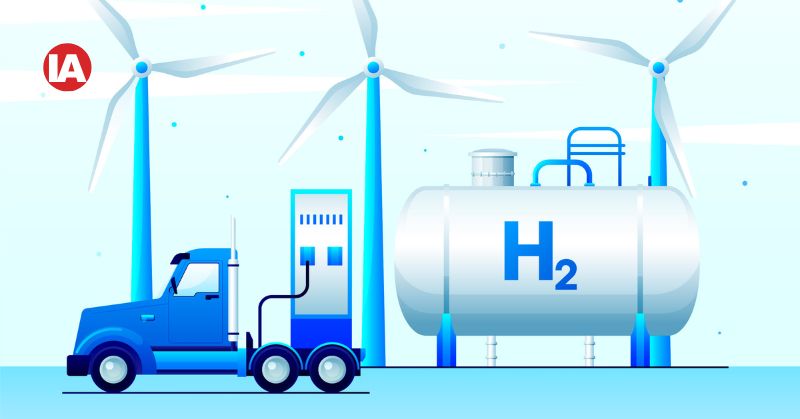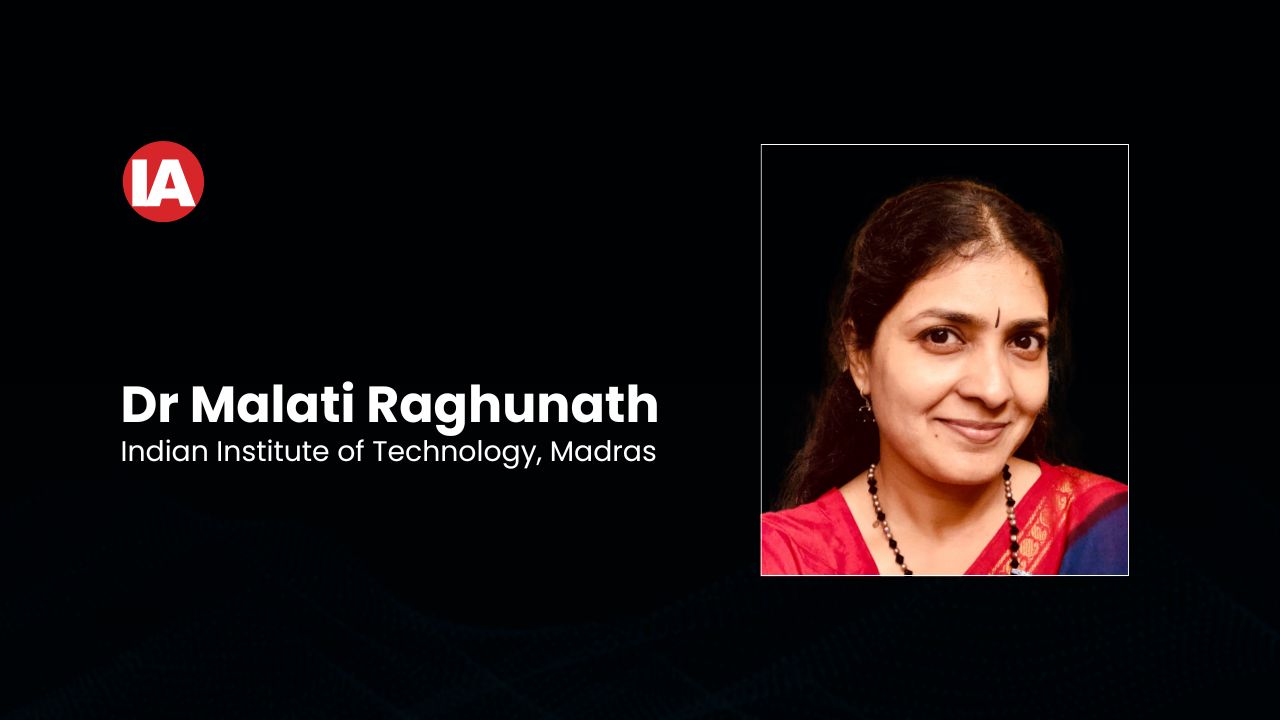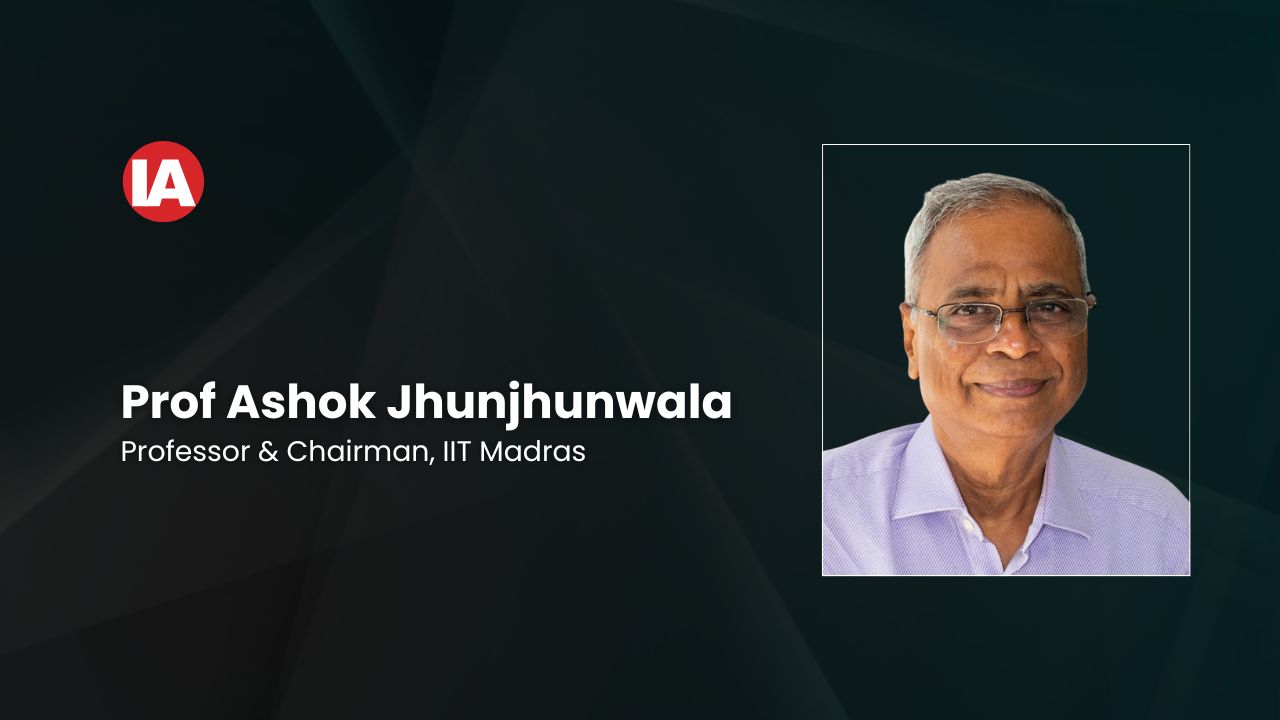
Moving to Net-Zero in India at the Earliest
The urgency to achieve Net-Zero emissions has never been greater. With rising greenhouse gas emissions threatening life on Earth, India and the world must accelerate their transition away from fossil fuels. Professors Ashok Jhunjhunwala and Malati Raghunath delve into the critical questions surrounding green energy adoption, technological advancements, and economic viability. From electrifying transport to revolutionizing industrial heating, they outline the challenges and opportunities in making a sustainable future a reality.
![[object Object]](https://admin.industrialautomationindia.in/storage/articles/article-QW62JMZnTlmLnvw5LTSOWBbV3vTe5BVLGRGzEW0y.jpg)
India and the world have no other option, but to move to Net-Zero at the earliest, say Prof Ashok Jhunjhunwala and Dr Malati Raghunath.
The increasing Greenhouse gas (GHG) emissions from fossil fuels are rapidly destroying life on earth. We have limited time to reverse the situation. Various nations, including

India, have committed to move away from the use of fossil-fuels and reach Net-Zero in coming decades. What does it require?
The questions are: (i) When will the technology to harness and use Green (non-fossil based) energy be available for different applications? (ii) When will the cost of such Green energy become equal to or lower than that from fossil fuels? (iii) What obstacles, if any, might hinder the adoption of green energy once it becomes available and economically viable?
Fortunately, electricity generated from a solar-plant or a wind-plant today costs lower1 than that from fossil fuel. However, as such renewable electricity generation is dependent on sunlight and wind availability, energy storage would be required. In recent times, costs of Li Ion batteries have also fallen significantly. Assuming that only 20% green electricity generated would have to be stored and used later, it adds on the average only about a rupee or two per kWh to green electricity costs, making Green electricity generation and storage cost less than electricity from fossil fuel. The task ahead of us is to replace fossil fuel usage with green electricity across all sectors.
Let us start with road transport. Electric Vehicles (EVs) technology is now reasonably mature, and the costs and the quality today are comparable to petrol vehicles for bikes, scooters, autos, cars, pick-ups and small medium-sized trucks. As electricity generated becomes more and more green, and used battery recycling technology becomes mature, the transition to EVs would make the transport sector fully Green. Quick electrification of construction and agricultural equipment is doable in the next few years. The only segment where benefits of EVs are still uncertain, is the long-distance goods transport using large trucks; it is not clear whether one should use Green Hydrogen or large batteries here. Such transport is going to multiply as India’s GDP increases. The solution may require some out of box thinking like that being carried out in the form of HASHTIC-goods2. Clarity may emerge in a year or two.
The next biggest use of fossil fuel today is for heating and cooling at homes, offices and industries. This contributes to 50% GHG emissions in the world today. The efficiency of usage in the current processes is low as compared to what is possible, as the fossil fuels are just burned for heating. Carnot-engine gives an alternative, where green electricity can be used to simultaneously produce heating and cooling, with a coefficient of performance or COP (essentially efficiency) of four or five or even greater3 using heat-pumps and chillers. Such heat-pumps and chillers for cooling up to about -70⁰C and heating up to about 150⁰C are available today but must be made affordable for a large variety of applications. For higher temperatures, either electric arc furnaces or green hydrogen may be an alternative. However, both technologies need further research and development to become available and financially viable.

This leads us to the technology development task to be carried out in near-future in hard-to-decarbonise sectors: use of Green Hydrogen and/or Green Electricity for manufacturing of Ammonia, Cement, Iron, Steel, Aluminium, Glass and other similar products. They all use fossil fuel at high temperatures today and are major contributors to GHG emissions. Technology is needed to use Green Hydrogen or Green Electricity, instead. Another complex task, where technology and economics do not work today, is Carbon Capture and Sequestration. Major breakthroughs are needed.
While we work to reduce GHG emissions, the climate change happening today is already hounding us. Many of our Cities are getting flooded more than once a year, paralysing life. Is it possible to work on the technologies which will get the cities to prepare for increasing rainfall and prevent waterlogging, a difficult task, but certainly doable today.
The young energy that India has needs to be nurtured to deliver these impossibles. R&D organisations and start-ups are quite capable of taking up the hard challenge and delivering on economically viable technologies, as long as they do not get caught in creating hype. A special focus has to be on enhancing energy-efficiency in everything that we do or use and also to limit consumption. The damage due to the ever-increasing consumption can never be overcome by technology.
There will be obstacles, primarily from those who have stakes in the fossil-fuel ecosystem. The vehicle manufacturers, who have not yet moved to EVs, the management and the workers of coal-based power plants and coal-mines will resist this transition, lest they lose their business and jobs. Same will be the case for the oil and gas manufacturing and distribution industry. This may also be true for other legacy manufacturing companies using fossil fuels heavily. This requires change-management, the primary task of the Government, ensuring that transition takes place without much loss of jobs.
India and the world have no other option, but to move to Net-Zero at the earliest. The complex as well as the hard tasks need to be carried out urgently.
References
1. Solar electricity costs about ₹2.40 per kWh, wind-based electricity costs a bit less than ₹3 per kWh, whereas electricity from coal today would cost ₹4.50 per kWh (including emission-capture equipment), whereas from gas and petrol would be greater than ₹15 and ₹35 per kWh respectively.
2. High-throughput, Autonomous, Sustainable Goods Transportation for India's next Century, a futuristic transportation concept being developed by researchers at IITM and ITEL.
3. A COP of 4 means four units of heating and cooling are produced using one unit of electricity. This may sound implausible and violate the thermodynamics principle of energy conversion but is plausible as the Carnot engine does not involve conversion of electric energy into heating and cooling.

Ashok Jhunjhunwala
Ashok Jhunjhunwala is an Institute Professor at IIT Madras, and Chairman of IIIT Hyderabad, ITEL, and College of Engineering, Trivandrum. Until recently he was the founder and the President of the IITM Research Park, IITM Incubation Cell, and Rural Technology and Business Incubator (RTBI). He completed his B.Tech degree from IIT Kanpur and his MS and PhD from the University of Maine, USA, and served as a faculty at Washington State University, USA for a year and a half. He was a faculty at IIT Madras from 1981 to 2023 and is subsequently an Institute Professor at IITM. He is currently also the Chairman of the CSIR Advisory Board.
Prof Jhunjhunwala is considered a pioneer in nurturing Industry-Academia interaction in India towards R&D, Innovation and Product Development. He conceived and built the IIT Madras Research Park to promote Industry-Academia R&D, Collaboration and Innovation.
TIE conferred on him the title of Dronacharya for his contributions to the cause of entrepreneurship, as he incubated and nurtured more than 350 companies at the IITM Incubation Cell and Rural Technology and Business Incubator (RTBI). He led the TeNeT group, which creates innovative affordable products in sectors such as telecom, banking, energy and electric vehicles.
Prof Jhunjhunwala was conferred the Padma Shri, Shanti Swarup Bhatnagar Award, Vikram Sarabhai Research Award, H K Firodia Award, Silicon India Leadership Award, Forbes Ecosystem Enabler Award, and many others.
Dr Malati Raghunath
A proud alumna of Indian Institute of Technology, Madras (IITM), Dr Malati Raghunath has worked for nearly two decades in the chemical industry and briefly taught at academic institutions abroad. As a science consultant specialising in green chemistry and material science, she advises industries such as bulk chemicals, oil and gas, pharmaceuticals, and renewables. Currently, Dr Raghunath is a researcher at the ITEL Foundation within the IITM Research Park, focusing on electric vehicle battery chemistry. Additionally, she maintains her role as a guest faculty member at IITM.